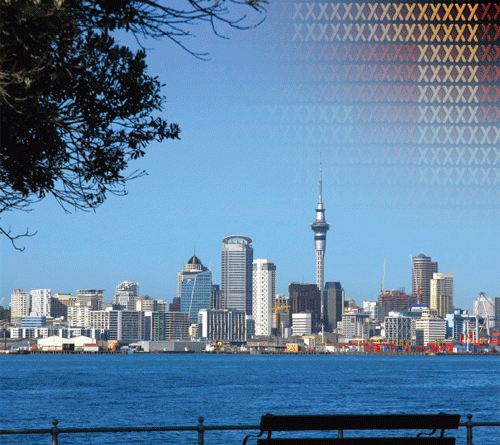How We Can Build The Kind Of Housing We Want And Need
If New Zealand is ever to produce enough affordable housing to meet the needs of low and middle income earners, such as service workers, teachers and nurses, it must take action using positive planning and investment.
Building Better Homes Towns and Cities National Science Challenge research – involving Professor Laurence Murphy in Auckland and Dr Bev James in Tauranga and Western Bay of Plenty – show that the Special Housing Areas legislation introduced in 2013 shows little evidence of having stimulated additional housing production and generated even less affordable housing.
With the agreement of the Minister of Housing and local councils, Special Housing Areas (SHAs) have been established in some areas with very high housing costs. They allow developers to cut through existing planning regulations and were supposed to encourage the release of land by reducing consenting costs.
However, relatively few houses have been built in developments that were not already on the way. Some areas such as Hobsonville, for example, were being developed prior to being listed as a SHA.
Professor Murphy’s research found that “while 35,000 consents were issued for SHAs in Auckland, during this time, only a couple of thousand buildings were actually built. Our research shows speeding up the planning didn’t actually turn into more houses immediately.”
A similar situation was discovered by Dr James in Tauranga with the 15 SHAs in the Western Bay Of Plenty region not meeting a wide range of housing needs, including a rapidly growing retired population and a shortage of affordable rentals.
Dr James’ research also reveals that the SHA legislation avoids defining what an affordable house actually is and does not require that affordable housing is produced.
Similarly, Hobsonville is producing family houses that are mostly too expensive for low to middle income earners to afford.
“People think we will get affordable housing if we just build more houses,” says Dr Murphy. “But actually the houses we are building are neither affordable nor targeted to meet the needs of those middle to low income earners, who make up a significant part of our economy.”
Relying on simply building more houses is not an effective pathway to generating affordable housing.
“To reduce their risks, developers want to keep prices high and so often land bank when prices are not rising. They do not build in a falling market,” says Professor Murphy.
Special Housing Areas may provide some opportunities for increased housing supply but Dr James has pointed out that these need to be combined with other initiatives.
“The new builds for transitional housing in Opal Drive, Papamoa East, for instance, is destined to supply nineteen, right-sized houses and has involved Government and community partnering with the Ministry of Social Development, Housing New Zealand and the Tauranga Community Housing Trust,” she explains.
BBHTC research is now exploring how SHAs can be made more effective through interviews with developers and looking at latest practice.
Programme leader Dr Kay Saville-Smith says that there are other models which can be used to attract developers into building affordable housing not simply for very poor people but to provide for people who simply can not afford to live in the areas in which they work without some active policy.
“People who provide key services to a community are often not high income and yet are vital to the local community. Inclusionary requirements and incentives can ensure that communities have a balanced building stock. There is an example of that in Queenstown SHAs. We will be exploring those practices and also whether some strategies used by developers such as covenants need to be amended if communities are to have the affordable housing they need.”
ENDS
About Building Better Homes, Towns and Cities
Building Better Homes, Towns and Cities (BBHTC) is one of 11 National Science Challenges, funded by the Ministry of Business, Innovation and Enterprise (MBIE). BBHTC undertakes world-class research to shape New Zealand’s built environment and strengthen communities. The Challenge develops findings that will empower public, planners and policymakers with reliable information and new tools for fresh thinking and better decisions. The Challenge is discovering new pathways to address the long-standing housing challenges of our most disadvantaged and to support Māori into healthy homes.



